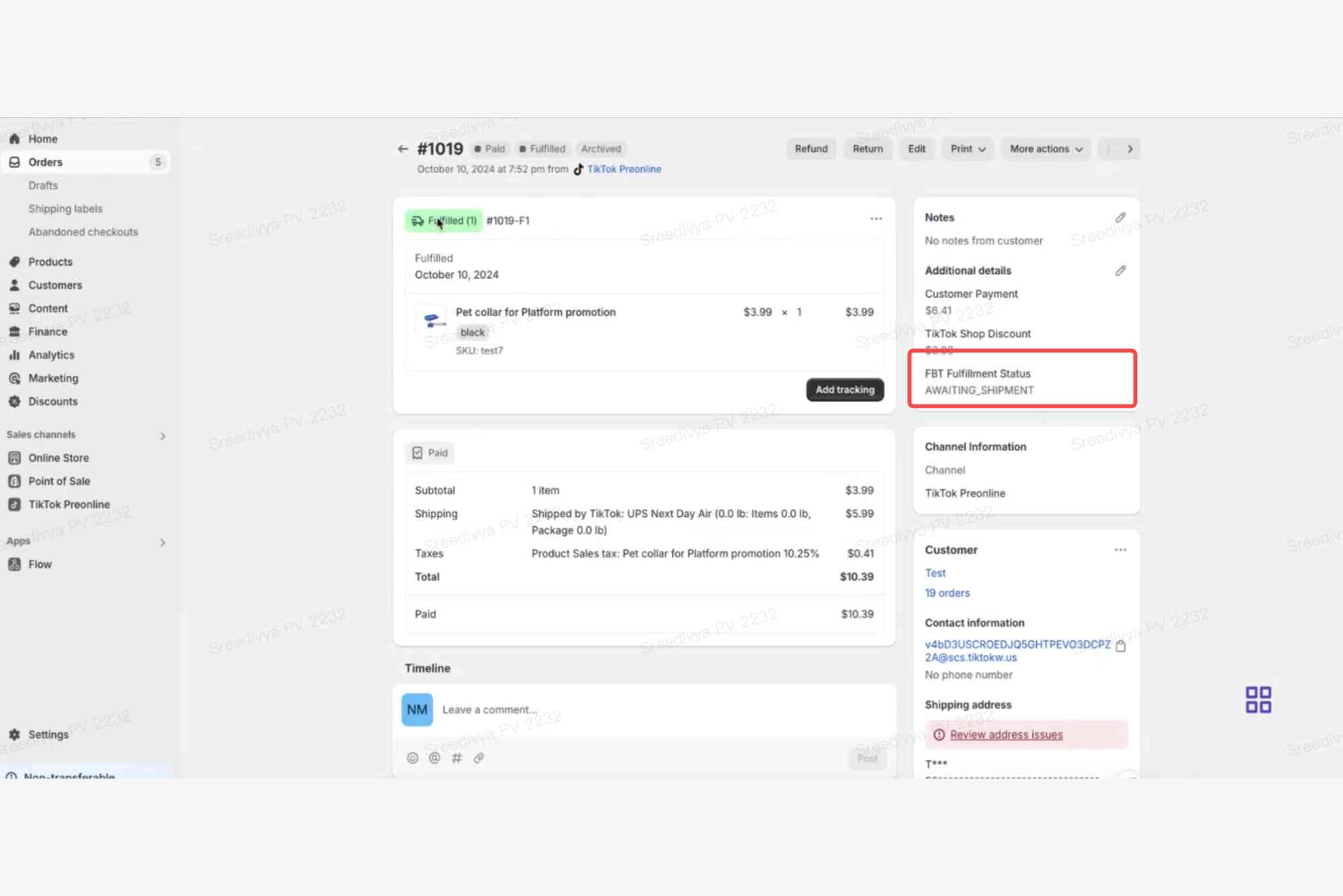Fringe Benefits Tax (FBT) is one of the most misunderstood areas of Australian business tax. Yet, failing to understand it—or ignoring FBT registration altogether—can land your business in trouble with the ATO. If you’re providing perks to employees beyond their salary, it’s crucial to know where you stand.
In this guide, we’ll break down what FBT is, when FBT registration is required, and how to ensure your business remains compliant. Whether you’re a small business owner or managing payroll for a large organisation, this article will help you understand the essentials of fringe benefits tax in Australia.
What is Fringe Benefits Tax (FBT)?
Fringe Benefits Tax is a tax employers pay on certain benefits they provide to employees, their families, or associates. These benefits are typically non-cash rewards provided in addition to salary or wages.
Unlike income tax, which is deducted from an employee’s salary, FBT is paid by the employer. It’s calculated based on the taxable value of the benefit and is reported to the Australian Taxation Office (ATO).
Common fringe benefits include:
- Company cars
- Private health insurance
- Low-interest loans
- Entertainment expenses (e.g., meals or event tickets)
- Housing and accommodation
Why FBT Registration is Important
Many businesses provide these perks without realising they may trigger an FBT liability. That’s where FBT registration becomes critical.
If your business provides fringe benefits, you’re generally required to register for FBT. Failing to do so, even unintentionally, can result in penalties, interest, and back taxes.
When is FBT Registration Required?
Assessing Your Business Activities
You should consider FBT registration if:
- You offer any non-cash benefit to employees (or their associates)
- You reimburse employees for private expenses
- You provide salary packaging arrangements
Employer-Provided Perks That Trigger FBT
Even benefits that seem minor may require registration. For instance:
- Providing a company car that’s used for personal trips
- Paying school fees for an employee’s child
- Giving employees gift cards over a certain value
It’s important to regularly assess whether your offerings fall into FBT territory. The ATO provides clear guidance, but professional advice can also help clarify grey areas.
How to Register for FBT
Step-by-Step FBT Registration Process
FBT registration is handled through the ATO and can be completed online via the Business Portal, by your tax agent, or by calling the ATO.
Steps to register:
- Log in to the ATO Business Portal or speak with your registered tax agent.
- Select “Register for Fringe Benefits Tax” from the available options.
- Provide required business and contact details.
- Confirm your business provides fringe benefits.
- Submit the registration.
Registration is generally required before the end of the FBT year, which runs from 1 April to 31 March.
Understanding the FBT Year and Reporting
Key Dates to Remember
- FBT Year: 1 April to 31 March
- Lodgement Due Date: 21 May (paper) or 25 June (if lodged by a tax agent)
- Payment Due: Same as lodgement date
Missing these deadlines could result in interest charges and penalties. It’s critical to track these dates once you’re registered.
Lodging Your FBT Return
After registration, you’ll need to lodge an FBT return annually—even if no benefits were provided that year. If you later determine there were no fringe benefits, you can lodge a “nil” return.
You must maintain proper records that support your return, including:
- Logbooks for car usage
- Receipts for entertainment and travel
- Salary sacrifice agreements
Calculating Fringe Benefits Tax
The FBT Rate
As of the current financial year, the FBT rate is 47% of the grossed-up taxable value of the benefit. This high rate is why many businesses seek ways to minimise their FBT liability.
Grossing-Up Explained
Grossing-up refers to increasing the value of the benefit to reflect the gross salary an employee would need to earn to buy the benefit after tax. There are two types of gross-up rates:
- Type 1 (higher) for benefits where you claim GST credits
- Type 2 (lower) where you can’t claim GST credits
FBT Exemptions and Reductions
Not all benefits are taxable. Some may be exempt or concessionally taxed, reducing or eliminating your FBT liability.
Examples of FBT exemptions:
- Work-related portable devices (e.g., laptops, phones)
- Minor benefits (valued under $300 and provided infrequently)
- Certain relocation expenses
Using exemptions and concessions legally can significantly reduce the burden of FBT on your business.
Consequences of Not Registering for FBT
Failing to register when required doesn’t just attract penalties—it also means your business is likely to be audited.
Potential Risks:
- Backdated liabilities (you may be charged FBT for past years)
- Interest on unpaid tax
- Administrative penalties
- Damage to your business’s tax reputation
Proactively registering shows compliance and can protect your business during future ATO reviews.
Best Practices for Managing FBT
Keep Accurate Records
Maintain detailed documentation of all fringe benefits provided. Good record-keeping reduces errors and supports your position if reviewed by the ATO.
Educate Staff and HR
Make sure your HR and finance teams understand which perks could trigger FBT. Avoid offering benefits without checking tax implications first.
Seek Professional Advice
Engage a tax advisor to regularly review your benefits strategy. A tax agent can ensure you’re registered correctly, reporting accurately, and using available exemptions.
Frequently Asked Questions (FAQ)
Do all businesses need to register for FBT?
No, only those providing fringe benefits to employees need to register. If no benefits are offered, FBT registration isn’t required.
How do I cancel my FBT registration?
You can cancel your FBT registration through the ATO Business Portal or by notifying your tax agent. This is common if you no longer provide fringe benefits.
Is FBT included in PAYG withholding?
No, FBT is separate from PAYG withholding. It’s a standalone tax paid by the employer, not deducted from employee wages.
Can small businesses be exempt from FBT?
There’s no general exemption for small businesses, but certain minor benefits or specific items may be exempt. Always check the criteria with the ATO.
How does FBT affect salary packaging?
Salary packaging often involves fringe benefits. Employers must calculate and report these benefits properly, and FBT may apply unless an exemption is available.
Stay Compliant, Stay Informed
Fringe Benefits Tax can seem complex, but understanding the basics of FBT registration is vital for any employer offering perks beyond a paycheck. Registering on time, keeping records, and knowing what’s exempt can save your business from future issues.





